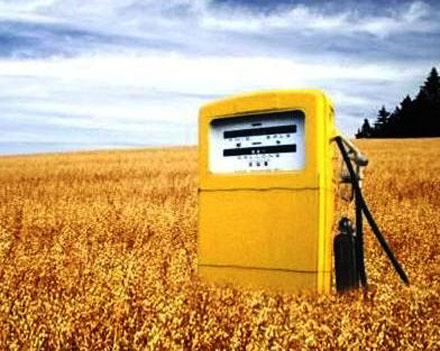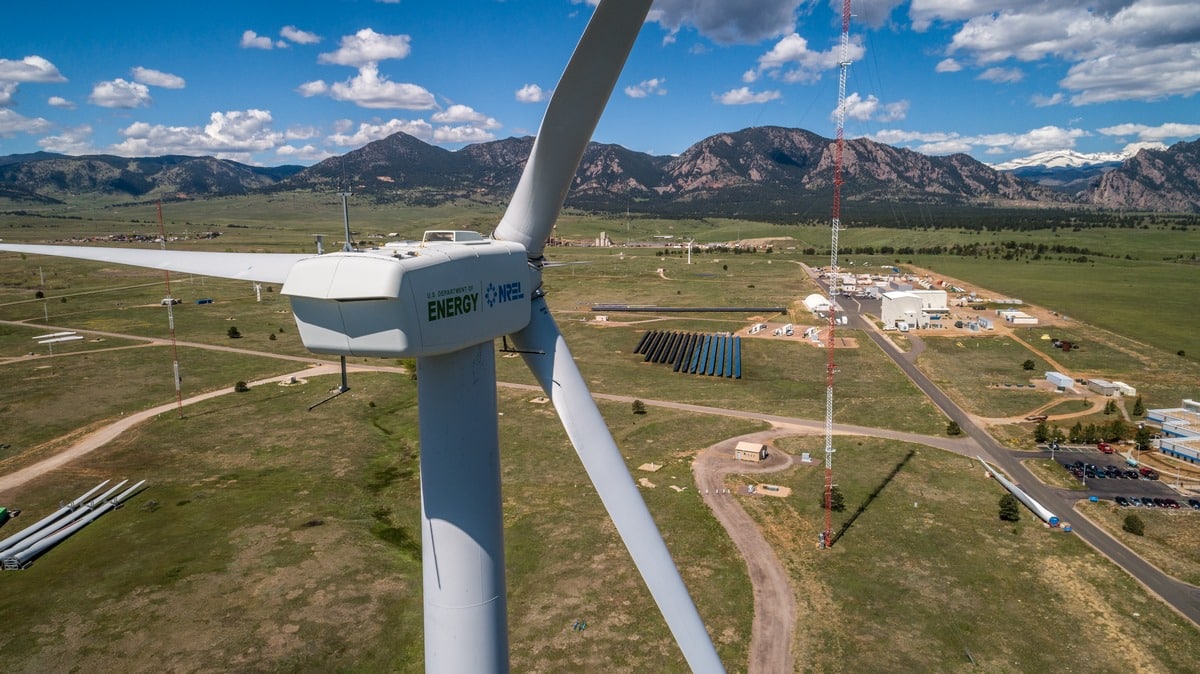
 Ethanol gas stations are popping up all over as more people become interested in running their cars on ethanol.
Ethanol gas stations are popping up all over as more people become interested in running their cars on ethanol.
Indeed, many people already use ethanol and don’t realize it because much gasoline today contains 5{9d1f0b33d0dfecc7a532185a91e80dc02994fcd6e1d2f71ba6b569dea4e7d0d7} ethanol. In some places such as in Minnesota, gas sold must contain 20{9d1f0b33d0dfecc7a532185a91e80dc02994fcd6e1d2f71ba6b569dea4e7d0d7} ethanol.
Ethanol cars have been touted as a more environmentally friendly alternative to cars running on fossil fuels and, indeed, Brazilian cars have been running on ethanol or a mixture of ethanol and other fuel for the past 30 years, using sugar cane waste products as their source of ethanol.
Here in the United States, the push for ethanol as an alternative fuel has not just been based on the environment, but also on reducing our dependence on foreign oil. While reducing dependence on oil no matter where it comes from, as it is a nonrenewable energy source, is a step in the right direction, there are questions about whether or not ethanol is the appropriate solution, even though any car can run on a 10{9d1f0b33d0dfecc7a532185a91e80dc02994fcd6e1d2f71ba6b569dea4e7d0d7} ethanol, 90{9d1f0b33d0dfecc7a532185a91e80dc02994fcd6e1d2f71ba6b569dea4e7d0d7} gas mixture.
Also conversion kits are available for people wanting their cars to run on higher levels of ethanol.
The problem is that, over the past 25 years, most attention in the US has been on corn ethanol, and there are numerous downsides to using corn.
There is strong evidence that corn ethanol is actually less environmentally friendly than fossil fuels. Yes, they may give off lower levels of greenhouse gases, but the environmental costs of producing corn ethanol are higher than producing gasoline…and the production of ethanol actually takes more energy that it gives off!
And have you noticed how the price of eggs has skyrocketed? That’s because the price of corn has, too, due to the demand for corn in ethanol production. Consider the effect that has on food prices…and availability of food worldwide. According to Lester Brown, President of the Earth Policy Institute, the amount of “grain required to fill one SUV tank with ethanol would feed one person for a year.”
A growing number of ethanol advocates are pushing for non-food sources for ethanol, such as switchgrass or even algae, which require far less energy to produce and give off far more energy when used.
So, before making the decision to run your car on ethanol, consider whether or not it truly is a “green” choice as long as ethanol production continues to turn food into fuel.







